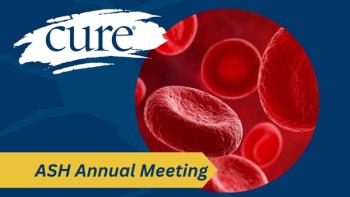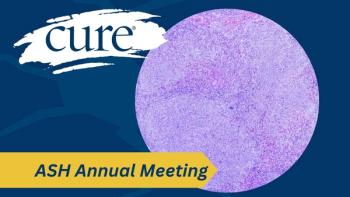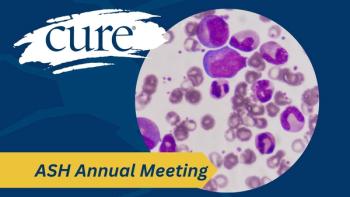
Bomb Cyclone and Beyond: Navigating Cancer Care in a Blizzard
Parts of the Northeast had a foot or more of snow last week. What should patients do when their scheduled cancer treatment falls in the middle of a snow storm?
Snow storms can wreak havoc on a community, with icy or snow-covered roads making travel difficult — if not impossible – causing schools and local businesses to close. But what happens when there is nearly a foot or more of snow on the ground and a patient is in the middle of active treatment for cancer?
For many patients, this was a reality in January, as a “bomb cyclone” blizzard dropped anywhere between five and 18 inches of snow in the Northeast.
“Once we recognize that a blizzard is coming, the first thing we think about is patient safety,” Erika Rosato, RN, OCN, nurse director of Ambulatory Oncology Clinical Services at Massachusetts General Hospital (MGH) said in an interview with CURE.
Boston, the city where MGH is located, received just under a foot and a half of snow last week, causing many patients to have changes in their treatment plans.
Come in or Stay Home?
For many patients, arriving to their treatment safely means that they come in a day or so earlier.
“We have patients who travel from the west coast, so we have to be mindful and ask if the treatment is safe to get, or if they can come in a day earlier,” Rosato said. “The number one goal is safety of the patient.”
For others, they might work with hospital schedulers to come in a day or two later. And while tweaking a schedule might be OK for some patients, such as those who are stable and getting follow-up bloodwork, for others, like those enrolled in a phase 1 clinical trial at MGH, it is imperative that they come in within a certain time frame.
“For those on the phase 1 trial, there are only certain windows and times when they must come in and be treated,” Rosato said. “We really want to make sure we get them in.”
Improving Communication and Eliminating Barriers
Thanks to collaboration between patients, providers and schedulers, everyone who needed to be treated during last week’s storm were — even if that meant a phone call or video conference from their doctor.
“That’s the future of removing barriers,” Rosato said, mentioning that some doctors personally called their patients who could not come in to follow up on how they were feeling and if they were having any issues or side effects with their treatments.
But doctors are not the only ones making phone calls. Rosato said that many patients being treated at MGH and live in the Boston area called in themselves. While some mentioned that they did not feel comfortable driving in and wanted to reschedule, others said they wanted to do everything they could to get in.
That meant that tracking the storm, which was predicted to be the worst in the mid-afternoon, was crucial. Many patients came in early to receive their treatment, while providers came to work with their bags packed, ready to stay as long as needed.
“It’s such a team effort,” Rosato said. “We understand that these treatments are very important to the patients and their families.”
What to Do in an Emergency
Despite these efforts, sometimes patients just are not able to come in when conditions become quite unsafe. If these patients face a medical emergency, Rosato said that it is important that they call their health care providers.
“If they feel that they need to come in but cannot get in safely, we tell them to call 911. Nobody wants to do that, and we understand that, but sometimes that’s what you have to do,” Rosato said. “For example, if they’re having fever and chills, we might be worried that they might be septic, that’s not something we want to wait on.”
For situations like these, staff members know that their cancer center may not be the closest hospital to many patients. In emergency situations, patients may need to go to the closest hospital that they can safely get to.
Whether patients are heading to their local emergency room or their main treatment center, Rosato knows the toll that bad weather can put on cancer treatment.
“It’s an emotional journey for them, not just a physical one. We don’t want them to be stressed out,” she said.





